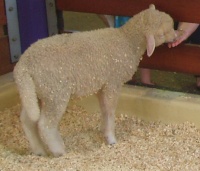
Basic genetics and animal breeding
Our animal breeding course provides a foundation knowledge in animal breeding. The course will provide you with all of the knowledge required to be able to plan the implementation of an animal breeding program. In this course you will learn about:
- Genetics
- Selection
- Pure breeding
- Cross breeding
- Livestock improvement